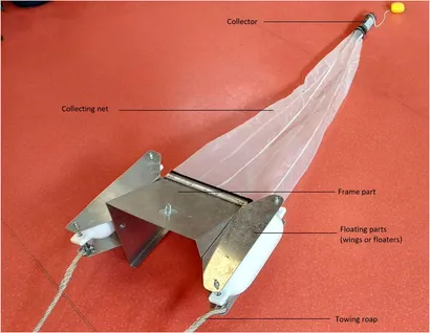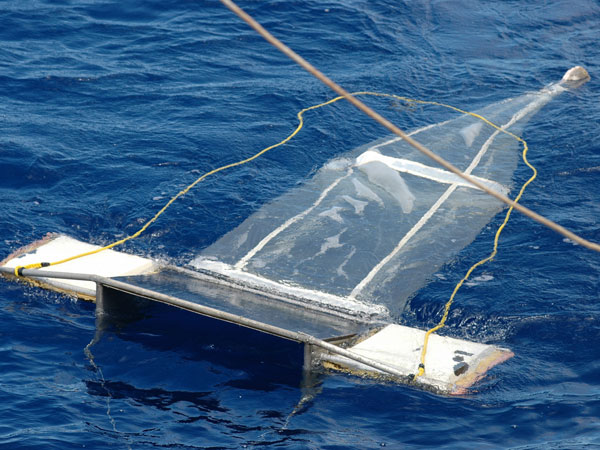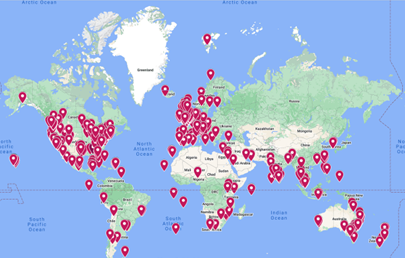Group Project
Proposed Group Project
For our group project we plan to look at microplastics in the water. We are hoping to get a device called a manta ray. This device is inspired by actual manta rays who are able to feed on plankton whilst filtering water through its gills. Scientists have been able to use this system of filtration as way to measure microplastics in the water. To learn more about this incredible method, the BBC have an excellent video that explains the filtration process, demonstrating once again how nature can inspire such scientific development.
Manta-ray: a breakdown of parts
When placed into the water, the manta ray is pulled along by its tow rope, which can be attached to the mast of a boat. Precision is key for the manta ray as it needs to be pulled along at a certain speed in order to collect the best data. The mesh net helps to capture the microplastics, whilst the water filters through. As far as studies go, measuring microplastics in this way can be hard to replicate as there are different manta ray types/sizes, with different density nets, which can cause variation in the data. However, what we hope to demonstrate is that even in areas of little to no population like places within the Arctic Circle, the presence of microplastics will indicate the severity of pollution in the water and vast distances that plastics can travel.

Image taken from https://www.frontiersin.org/journals/environmental-science/articles/10.3389/fenvs.2022.811112/full
Manta-ray in action

Image taken from https://schmidtocean.org/cruise/microplastics-of-the-alaskan-gulf/
The cost of one of these devices can be around £2000. Part of our fundraising target will be used to explore the hire of such a device and the cost of transporting it to Norway. We plan to share our results with the Big Microplastics Survey and utilise some of of their other surveying methods that do not require a manta ray, which Scout groups across Kent can replicate. By sharing our data with the Big Microplastics Survey, we will be part of a global initiative of tracking and logging data collected from all over the world!

Image taken from The Big Microplastic Survey
To read more about the results of the Big Microplastic Survey including types of plastics found and where, click here!
